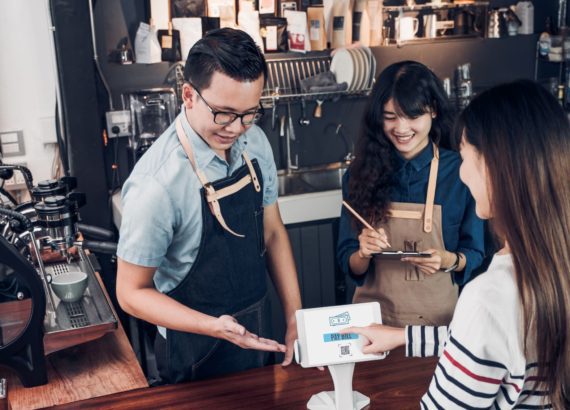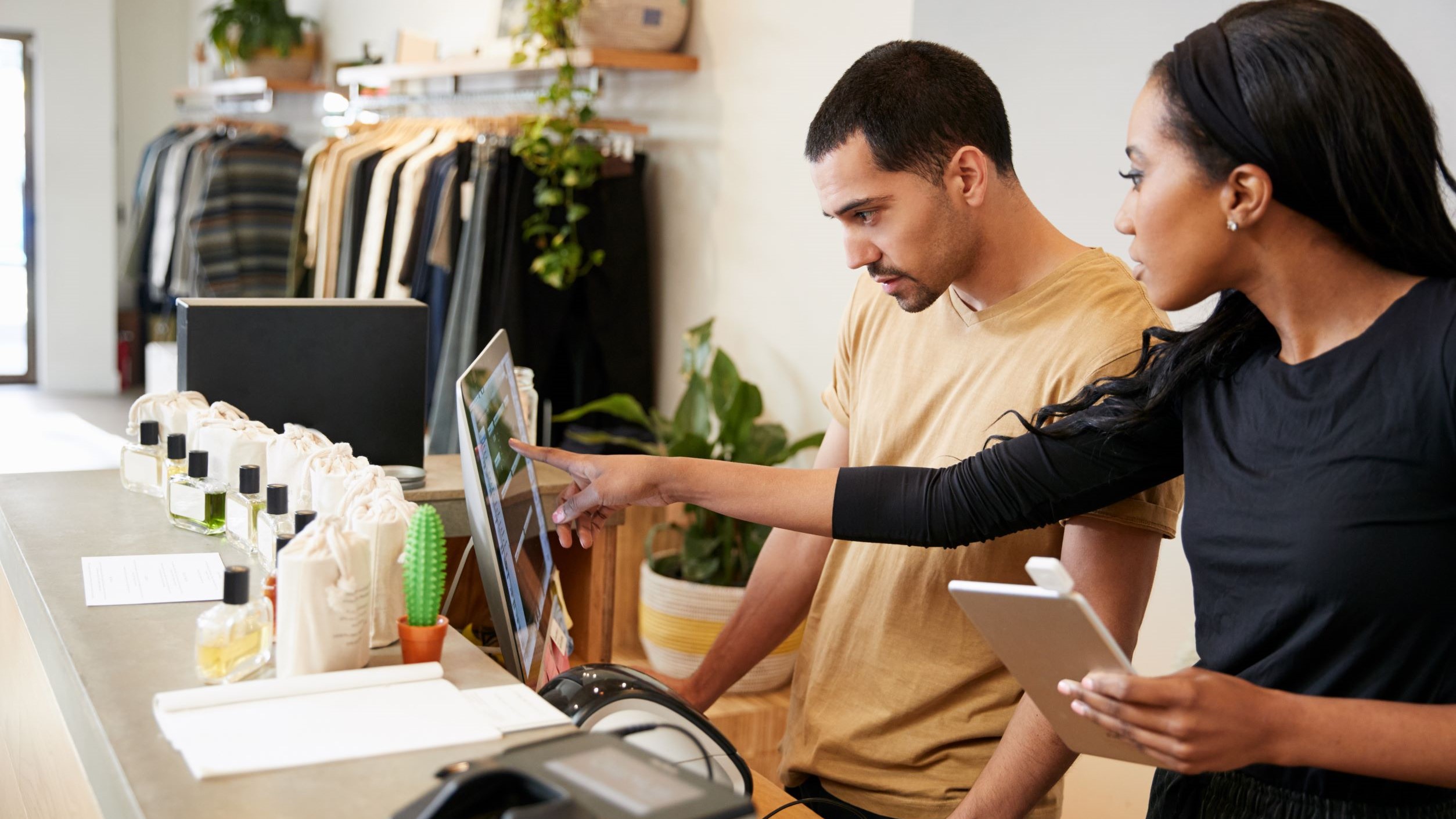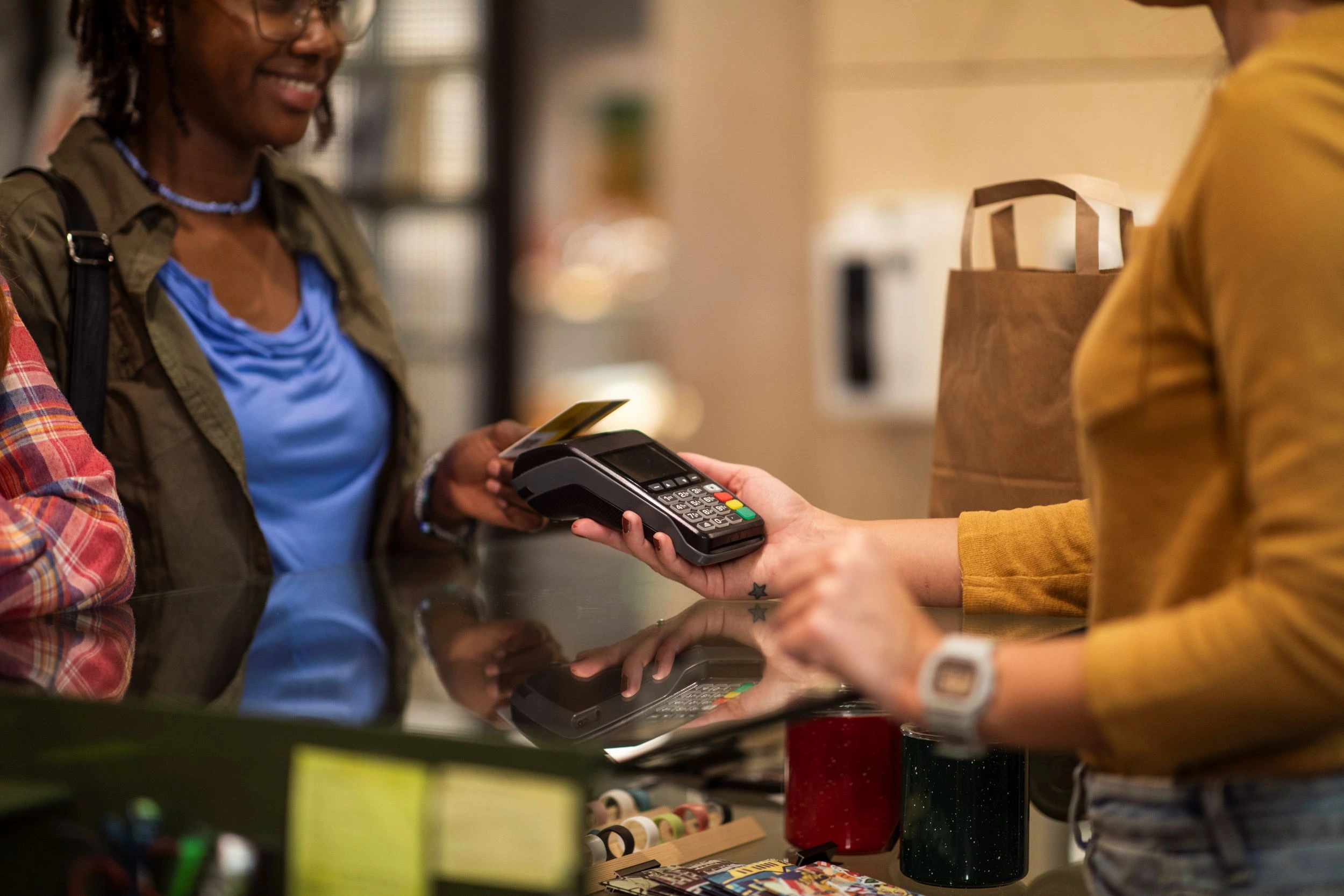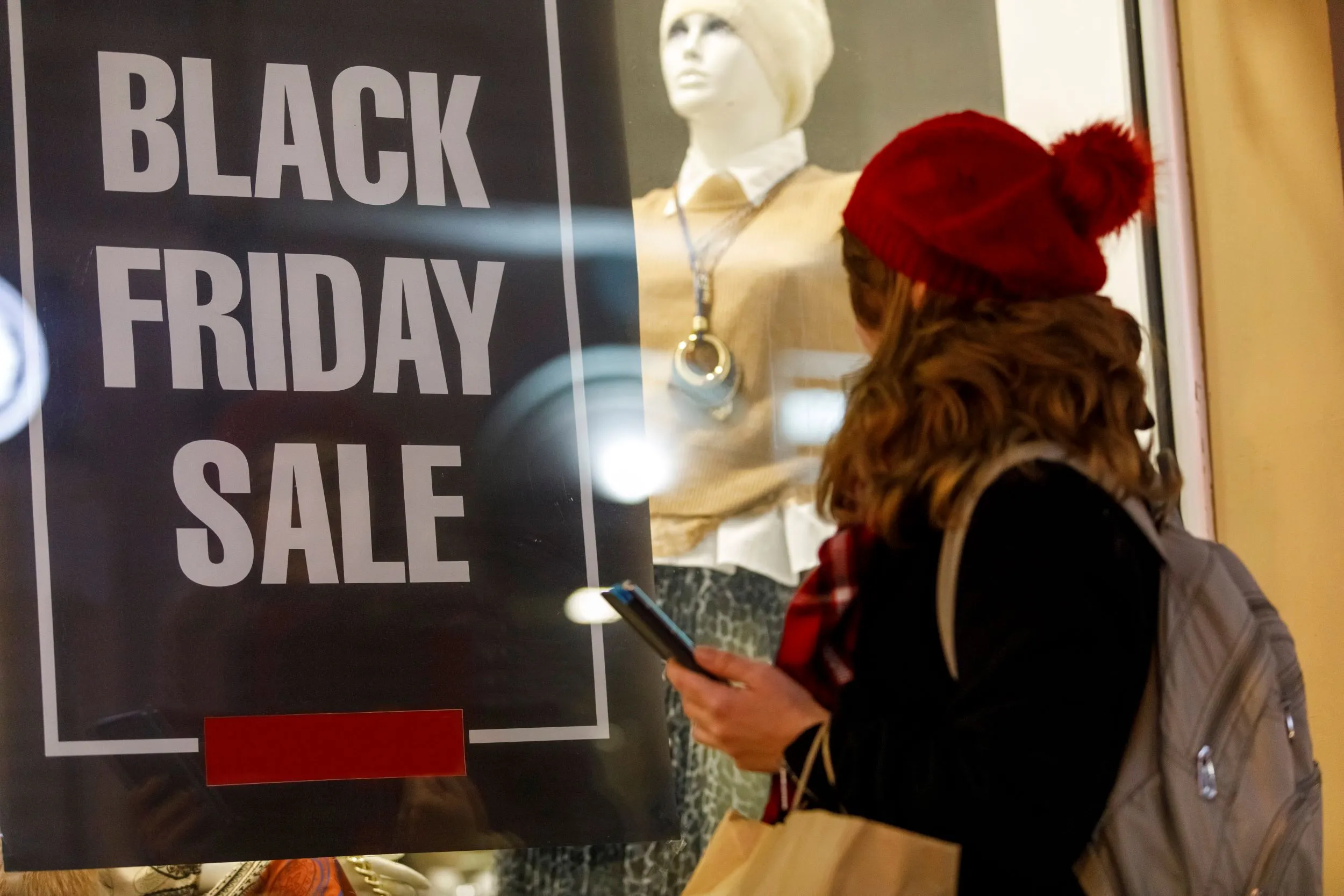You’ve probably already encountered it yourself, and it’s another reminder of how quickly technology is transforming our world. Automation has arrived at physical retail stores—even small ones.
You use your smartphone to scan a QR code to learn more about a product’s inventory status, ingredients, or sustainability information. Or you ask for assistance from a kiosk instead of an employee. Every day, businesses are digitizing and automating more and more aspects of retail customer-facing activities.
The good news is that consumers generally approve of automation. They like that it’s faster. And, in the age of COVID-19, they like not having to wait in long lines for a cashier, which is probably safer.
But let’s face it, having nearly half of your customers (according to one survey) unhappy with checking out their own items is not a good thing. A sizeable number of consumers will avoid self-checkout no matter the quality of the experience. One in five consumers even admits they specifically want human interaction.
That’s because there’s a right and a wrong way to introduce automation in retail, and the right way is to provide for the human factor.
Take automation slow and steady
The very nature of retail work will change as businesses begin to replace human employees with intelligent machines.
Small retail businesses are under a lot of pressure. Costs are rising, and employees are asking for raises. Owners have mostly exhausted all the traditional ways of cutting costs. So, they’re turning to automation to sustain margins.
But viewing automation as simply a way to reduce headcount is short-sighted. According to the Harvard Business Review, companies that focus on cost-cutting only gain short-term benefits. When they deploy automation, businesses that focus on customer retention (and growth) – as well as employee satisfaction – see profitability soar in the longer term.
What about the customer experience (CX)?
Some of the more enthusiastic automation vendors are painting rosy post-pandemic pictures. They see a retail future in which technology completely replaces face-to-face interactions on the retail floor. But that’s not reality.
While technology can certainly help retailers with efficiencies and cost savings, customers still want to interact with other humans. Retail shopping in physical stores is, after all, a social experience for many.
It is essential to balance your customer’s desire for convenience with their desire for a human CX. If automation can’t improve both, it probably shouldn’t be implemented.
This matters because a poor customer experience resulting from automation can cost you sales. According to The Connected Shoppers Report from Salesforce, 43 percent of consumers said they feel like “unpaid sales assistants” when using a self-checkout system. The study also found that a quarter of consumers have recently taken their business elsewhere because the in-store shopping experience was below par.

Four (human) goals to keep in mind when automating
To do automation right, retailers should keep these four key points top of mind:
Move staff to higher-value work.
Don’t think of automation only as a way to replace workers but rather as a means of providing a quality customer experience. It needs to be an enhancement, not just be a cheap, cold way to save money. Instead of blindly laying off every checkout associate and shelf stocker, come up with things at least some of them can to do make customers happy and likely to return. For example, station some of these employees near the automatic checkout counters to ensure customers don’t become frustrated (as often happens). Or make them available on the retail floor to answer questions about which product best fits a particular need.
Anticipate human reactions.
You should prioritize the human experience over the efficiency of systems. Ask yourself with each new automation initiative: how will this affect the CX? Suppose customers walk into your store with no welcome or greeting, or no one is there to answer questions. Will those customers choose to come back?
Automate transactions, but keep a human accessible at all times.
Technology can perform transactions better and faster and with fewer errors than people. Still, you should always have a human assistant available to help customers adjust to using it. They can also help make sure everything goes smoothly.
Support employees rather than replace them.
Automation, by definition, will reduce the number of interactions between your customers and your workers. Because of that, whatever interactions remain must be of the highest quality possible to add value to the CX. For example, suppose patrons are automatically checking themselves out. In that case, you could deploy someone by the exit to ask about their experience or just wish them a good day. If they are regular customers, it’s now possible for floor salespeople to identify them by a smartphone app as they walk into your store. By calling up their purchase history and preferences, shop assistants can have a wealth of customer information at their fingertips to help serve them better. With technology to help human workers do a better job, customers may feel more fully satisfied. You’ll experience less employee churn—and happier employees invariably make for happier customers.
Conclusion: Employee experience and social impact matter too.
Consumers aren’t necessarily ready for the scope of automation being predicted for the retail sector. Cost savings through more efficient processes and reduced headcount is one thing. But if the impact of automation on CX is not thoroughly thought through and consumers are unhappy with using it, revenues might fall. If so, the “savings” are a moot point.
Research shows that the role of humans in retail becomes more, not less important, as automation becomes more powerful and prevalent. Jobs will certainly be eliminated, but those that remain will require higher skills and better pay. And they will contribute directly to delivering a superb CX.
The future of work has arrived in retail. When deployed to improve CX and applied judiciously, automation promises to enhance retail for the store, for employees, and for customers alike.







